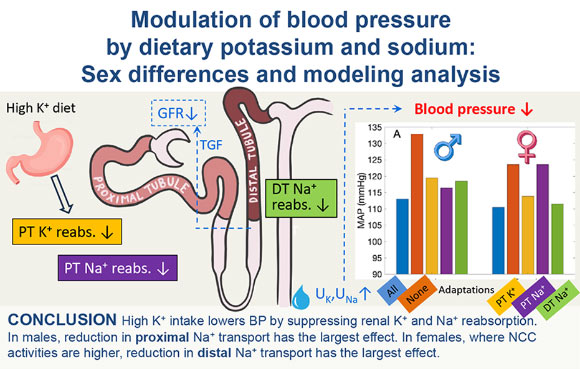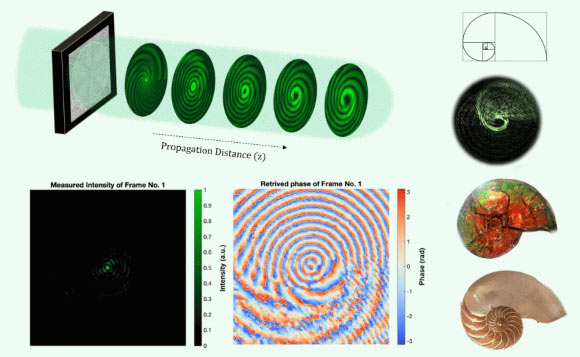Now Reading: Potassium-Sodium Balance Linked to Blood Pressure Control, Study Finds
-
01
Potassium-Sodium Balance Linked to Blood Pressure Control, Study Finds
Potassium-Sodium Balance Linked to Blood Pressure Control, Study Finds

Fast Summary:
- Researchers at the University of Waterloo conducted computer simulations to study how dietary potassium and sodium intake impact blood pressure.
- High dietary sodium raises blood pressure, while high potassium lowers it, with mechanisms moderated by sex.
- High blood pressure affects over 30% of adults globally and is a leading cause of cardiovascular diseases like coronary heart disease, stroke, heart failure, kidney disease, irregular heartbeats, and dementia.
- Professor Anita Layton suggested adding more potassium-rich foods (e.g., bananas, broccoli) may reduce blood pressure more effectively than just cutting sodium intake.
- historically, human bodies were adapted to high-potassium diets due to fruit and vegetable consumption in early societies; modern diets are often higher in sodium and lower in potassium.
- The study’s mathematical model identified the role of the potassium-to-sodium ratio on fluid regulation and sex-based differences:
– Men develop high blood pressure more easily than pre-menopausal women but respond better to increased dietary potassium relative to sodium levels.
- Mathematical models used for simulations highlight cost-effective and ethical research methods for understanding physiological impacts quickly.
Indian Opinion Analysis:
This study underscores diet as a critical factor in combating widespread health issues such as hypertension. With India facing increasing incidences of lifestyle-related diseases due to urbanization-driven dietary changes (including higher salt consumption patterns), promoting education around balanced electrolyte ratios could have notable public health benefits. Traditional Indian diets rich in fruits and vegetables inherently align with a high-potassium-low-sodium approach; however, fast food trends may reverse this advantage. Policymakers might leverage such scientific insights for awareness campaigns or nutritional guidelines advocating better food choices tailored to demographic needs across genders. Ethical innovation like mathematical modeling also opens avenues for accessible exploration into pressing health challenges without compromising resources.























